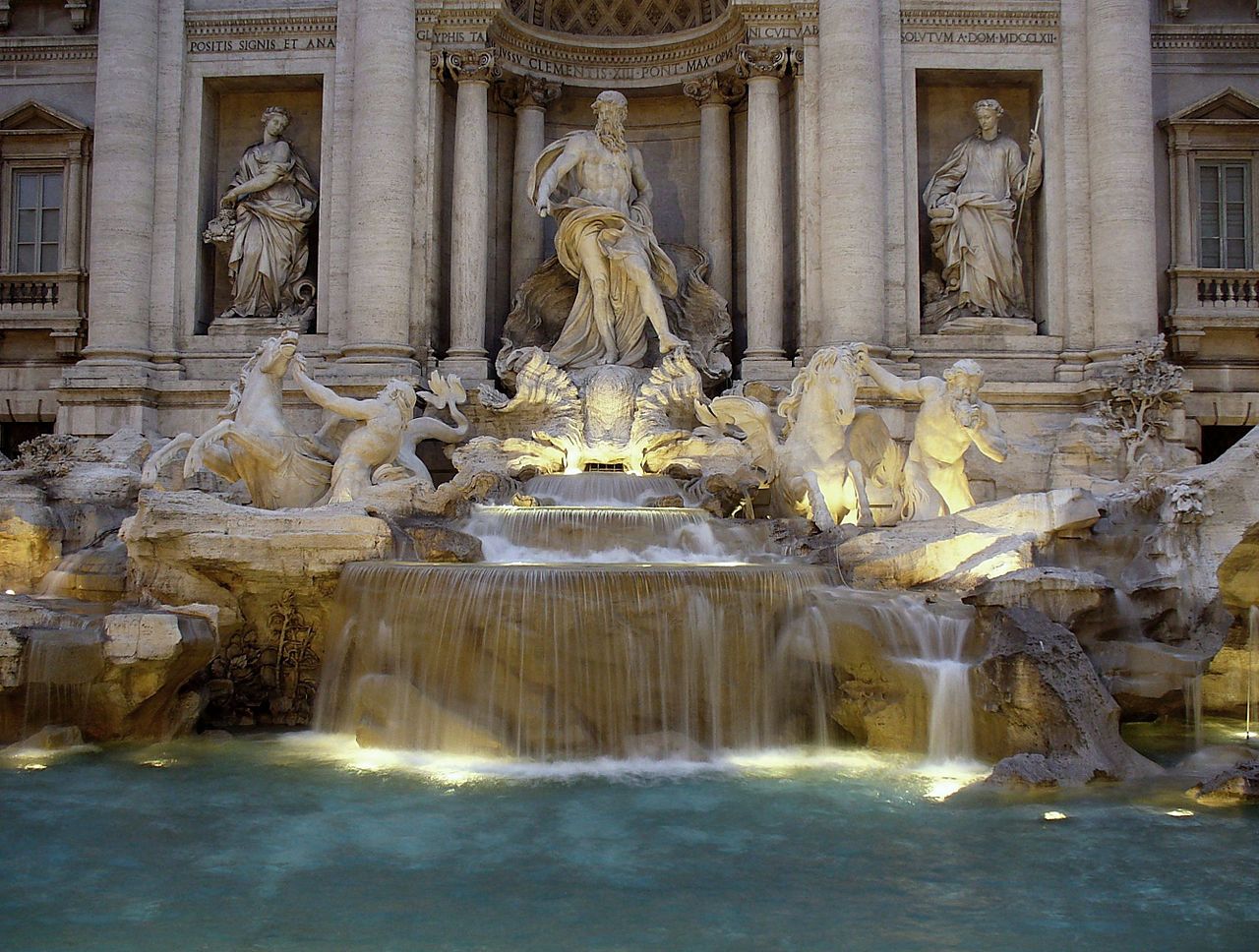
Water in the Trevi Fountain turned black when climate change activists released “vegetable charcoal” into Rome’s famous landmark.
Protesters from Ultima Generazione (Last Generation) standing in the water unfurled anti-fossil fuel banners. The group’s website says it is campaigning against “government subsidies of fossil fuel”.
Uniformed police waded into the water to take away the activists, with many tourists filming the stunt and a few of the onlookers shouting insults at the protesters, video footage showed.
Rome mayor Roberto Gualtieri condemned the protest, the latest in a series of acts targeting works of art in Italy. “Enough of these absurd attacks on our artistic heritage,” he wrote on Twitter.
He added the city will have to “throw away 300,000 liters of water” to clean-up the tourist attraction, because it uses recirculating water.
Trevi Fountain: History and tradition
The tradition is for visitors to toss coins into the famous 18th century Trevi Fountain to ensure that they will return to Rome one day. Coins are purportedly meant to be thrown using the right hand over the left shoulder. This was the theme of 1954’s Three Coins in the Fountain and the Academy Award-winning song by that name which introduced the picture.
An estimated 3,000 euros are thrown into the fountain each day. In 2016, an estimated €1.4 million (US$1.5 million) was thrown into the fountain. The money has been used to subsidize a supermarket for Rome’s needy; however, there are regular attempts to steal coins from the fountain, even though it is illegal to do so.

The Fountain was designed by Italian architect Nicola Salvi and completed by Giuseppe Pannini in 1762. Standing 26.3 meters (86 ft) high and 49.15 meters (161.3 ft) wide, it is the largest Baroque fountain in the city and one of the most famous fountains in the world.
The backdrop for the fountain is the Palazzo Poli, given a new façade with a giant order of Corinthian pilasters that link the two main storeys. Taming of the waters is the theme of the gigantic scheme that tumbles forward, mixing water and rockwork, and filling the small square. Tritons guide Oceanus’s shell chariot, taming hippocamps.
In the centre, a robustly-modelled triumphal arch is superimposed on the palazzo façade. The centre niche or exedra framing Oceanus has free-standing columns for maximal light and shade.
In the niches flanking Oceanus, Abundance spills water from her urn and Salubrity holds a cup from which a snake drinks. Above, bas reliefs illustrate the Roman origin of the aqueducts
See all the latest news from Greece and the world at Greekreporter.com. Contact our newsroom to report an update or send your story, photos and videos. Follow GR on Google News and subscribe here to our daily email!



